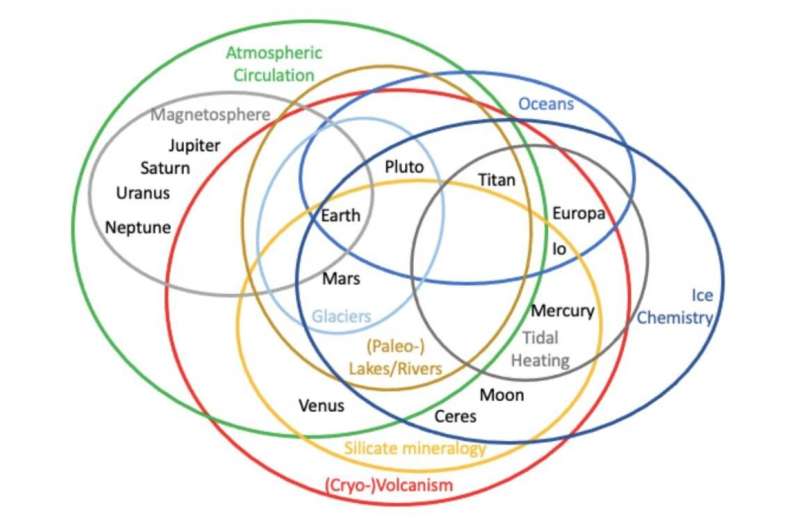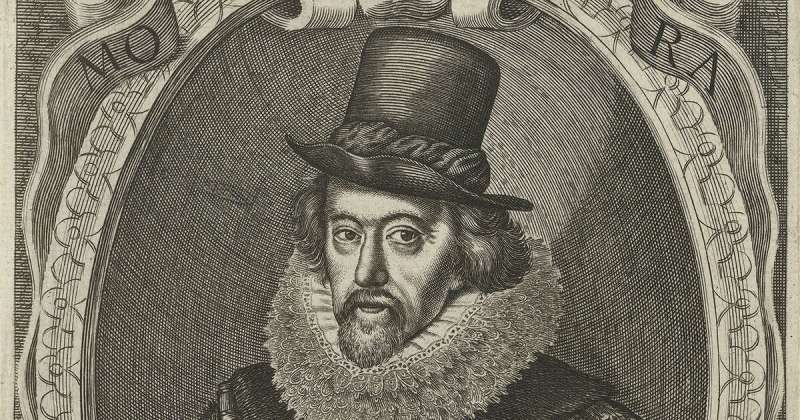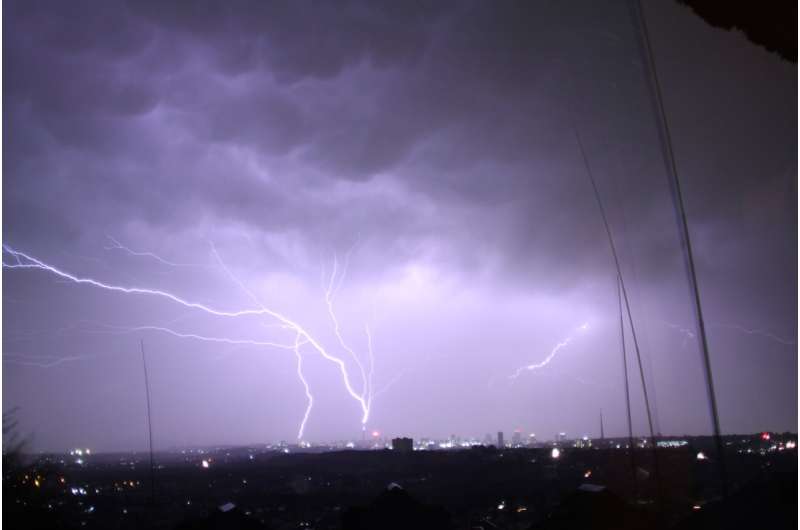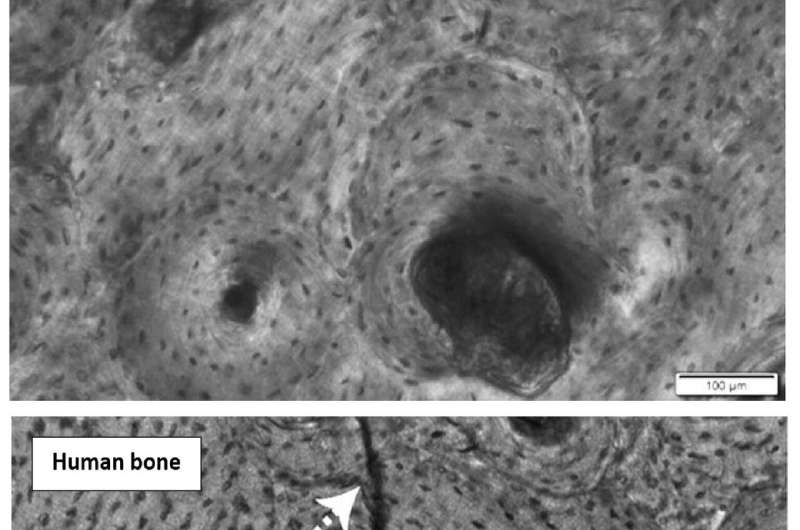
President Joe Biden looks on as AFL-CIO President Liz Shuler speaks during an event in honor of labor unions on September 8, 2021 in the East Room of the White House at Washington, DC.
Oliver Contreras | AP
Some of the nation’s largest labor unions are pushing the Biden administration to expand its vaccine mandate for private companies to include additional protections for workers, including mask requirements and other safety measures to minimize the spread of Covid-19.
The AFL-CIO and about two dozen other major unions representing teachers, service employees, meat processing plant, auto and steel workers spoke with the Biden administration on its proposed safety rule in an Oct. 18 teleconference call with White House officials with the Office of Management and Budget.
“We stressed the importance of mitigation measures,” Rebecca Reindel, who represented the AFL-CIO on the call, told CNBC. “We really need to be getting ahead of the transmission piece of the virus. It takes a while to get vaccinated — we need protections in the meantime,” Reindel said.
Three of the biggest labor groups, specifically the AFL-CIO, the Service Employees International Union and the United Food and Commercial Workers International Union, told CNBC they asked the administration to expand employee protections, requiring employers to improve ventilation and enforce mask rules and social distancing. Reindel said companies should also be required to conduct a risk assessment, in consultation with labor, to determine which combination of mitigation measures are needed to best protect their employees in the workplace.
President Joe Biden directed the Occupational Safety and Health Administration under the Labor Department to write a rule requiring private companies with 100 or more employees to ensure they are all vaccinated or tested weekly for Covid-19.
OMB and Labor Department officials have held dozens of calls and meetings with industry lobbyists over the past two weeks as OMB reviews the mandate, OMB records show. The vaccine and weekly testing requirements will go into effect soon after OMB completes its review.
The AFL-CIO has called for sweeping measures to protect workers from Covid-19 since the start of the pandemic in March 2020. However, OSHA, which polices workplace safety, hasn’t yet issued any broad-based Covid safety rules.
Instead, OSHA issued requirements over the summer limited to health-care workers. Most health-care providers had to develop plans to mitigate the risk of Covid, ensure employees wear masks indoors, keep people six feet apart when indoors, install barriers at work stations when employees aren’t six feet apart, and ensure proper ventilation — among a number of other requirements.
The AFL-CIO and the United Food and Commercial Workers took the Biden administration to court, arguing that the OSHA standard “fails to protect employees outside the healthcare industry who face a similar grave danger from occupational exposure to COVID-19.” The unions specifically cited meatpacking, groceries, transportation and corrections as industries where workers need the Labor Department to issue an enforceable safety standard on Covid.
The unions and Labor Department filed a joint motion in September to put the case on pause until the Biden administration’s vaccination and weekly testing mandate is issued. The parties are required by the court to issue a joint status report on Monday.
“The harsh reality is that current COVID safety guidelines are simply not enough and have left millions of essential workers to fend for themselves,” Marc Perrone, president of the United Food and Commercial Workers, said in August after OSHA issued voluntary guidance recommending masks for vaccinated employees working in areas where transmission was high. “What we need now is a clear enforceable COVID workplace safety standard that will protect America’s essential workers still on the frontlines of this deadly pandemic.”
Perrone said his union is now waiting to see whether mitigation measures are included in the vaccine and testing mandate. “If we still have concerns, we will move forward,” he said, referring to the court case. The group represents 1.3 million employees across the grocery, retail, meatpacking, food processing, cannabis, chemical and distillery industries, including workers at Tysons Food, Kroger, Macy’s, Cargill and Pfizer. People in those industries are largely considered essential frontline workers by the Centers for Disease Control and Prevention.
The UFCW warned in an August letter to the Labor Department that vaccination – while important – does not eliminate the danger posed by Covid to workers as the highly transmissible delta variant spreads, the efficacy of vaccines wanes over time and new mutations of the virus emerge.
The AFL-CIO, in a May report, found 1,833 Covid outbreaks, nearly 90,000 infections and 378 deaths in the meatpacking, food processing and farming industries from the beginning of the pandemic in April 2020 through this April. A report from the House Select Subcommittee on the Coronavirus Crisis found that infections among meatpacking workers were nearly three times higher than previously reported.
“There are going to be certain people who are not going to take [the vaccine] and get tested, and then if you don’t have mitigation measures in place, like masks, you’re sort of defeating your purpose,” Perrone told CNBC.
The Service Employees International Union asked the Biden administration in September to expand the vaccine mandate to include additional protections. The union represents represents 2 million workers in essential services such as janitors, health and other occupations.
“Layered mitigation measures, including but not limited to masking and distancing, as well as quarantine after exposure or positive tests remain necessary to protect against outbreaks,” Leslie Frane, the union’s executive vice president, wrote in a September letter to OSHA head James Frederick.
SEIU and UFCW have also called for paid leave for workers to get vaccinated and recover from the shot, paid leave for workers to quarantine and recover from the virus, and free Covid tests for workers with testing options at the worksite. The Biden administration said in September that it will also require businesses with more than 100 employees to provide paid time off for vaccination and recovery.
The United Auto Workers declined to specifically comment on whether it wants the vaccine and testing mandate to include Covid mitigation measures. The big three automakers have already implemented extensive safety protocols against Covid. While it supports vaccination generally, the union opposes requiring them as part of a federal or employer mandate. The union will review the vaccine and testing mandate when it is published, UAW spokesman Brian Rothenberg told CNBC.
“We’re waiting for the standards because we have over 700 contracts and we’re going to have to go through them and see how they impact our contracts,” he said.






